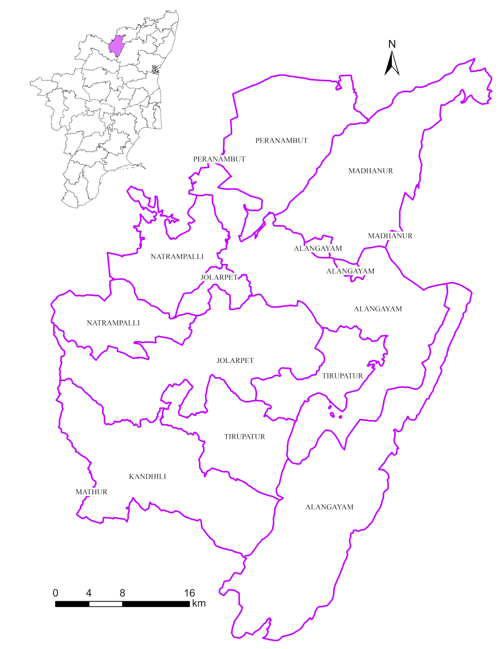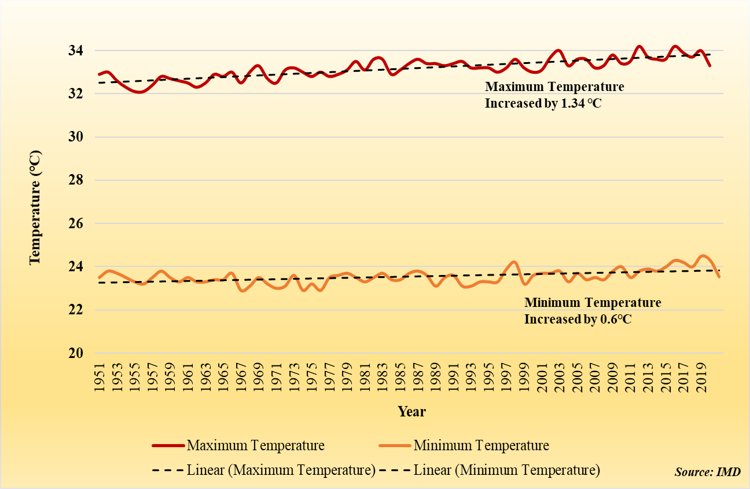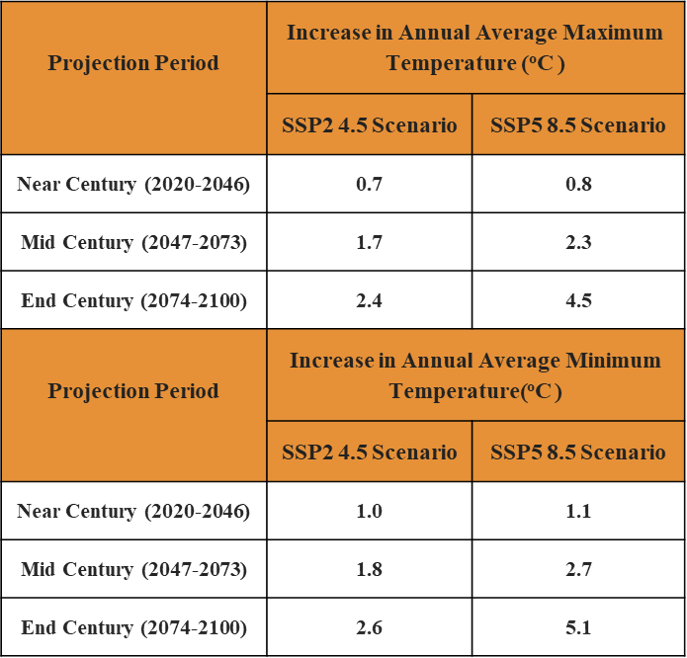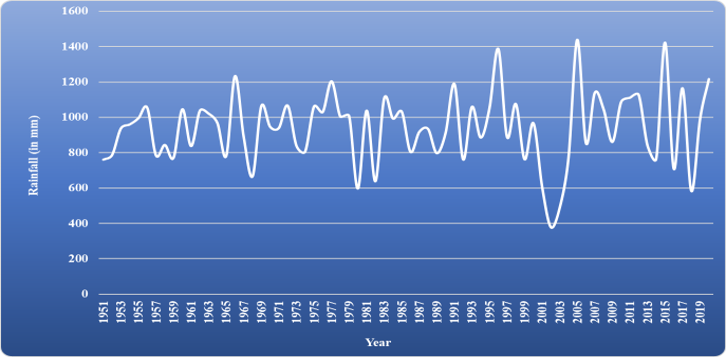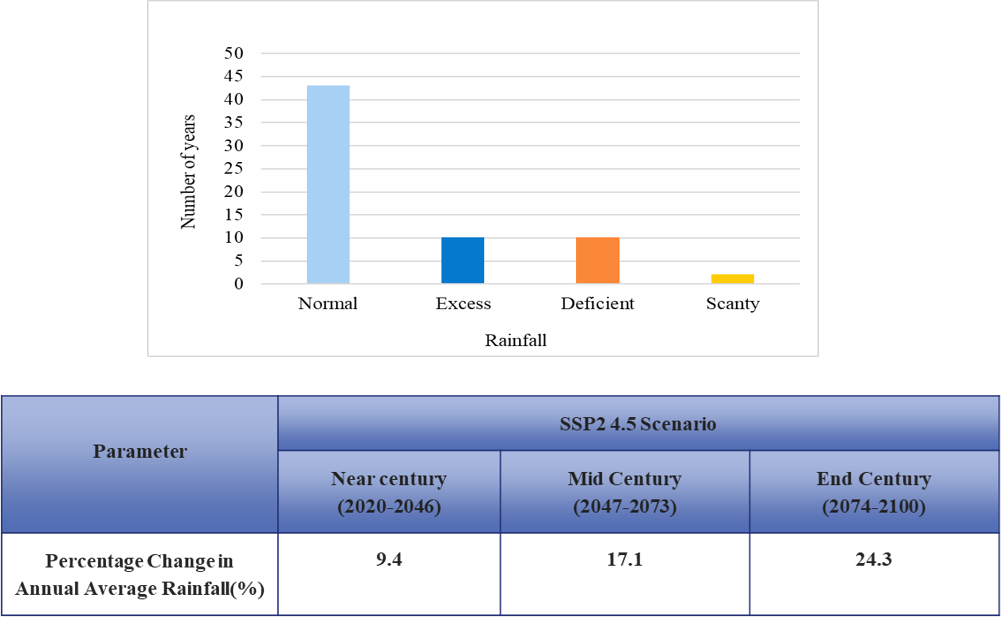Total Population: 2479052
Density : 478 per sq.km
Female : 1232893
Male: 1246159
Elderly : 264525
Literates: 1760656 (78.68%)
Urban Population: 1521211(61.36%)
Total Main Workers: 1168596
Marginal workers : 97541
Non workers : 1212915
Eco-sensitive aspects: TN wetland Mission
Total wetland area : xxxxx ha
Ramsar sites: Nanjarayan Tank Birds Sanctuary
